Quotables: Wild Judaismby Rabbi Mike Comins In the below passage, the 13th century Torah commentator Nachmanides, the Ramban, shares his extraordinary view on tzelem Elohim, the image of God. In Genesis 1:26, God says, “Let us make the human in our image, after our likeness.” The immediate problem is the plural language. Who is God speaking to? Besides God, in whose likeness, at least in part, does God presumably create the human?
The second issue is that in our chapter, the verb bara (create) is used only when God is the subject, and only in two instances: the first act of creation (Genesis 1:1) and here, with regard to the human (1:27). In the first instance God, it is reasoned by medieval, religious philosophers like Nachmanides, created the universe yesh m’ayin, that is, creatio ex nihilo, something from nothing. (This is in opposition to the plain meaning of the text, where we meet an already created universe of tohu v’vohu, of chaos. For various reasons, this was unacceptable to the philosophers.) Since the verb bara appears again with reference to the creation of the first human, many conclude that people, too, were created yesh m’ayin. Not so, says Ramban.
1 Comment
Quotables: Wild JudaismGuide of the Perplexed, Part III, chapter 13 It should not be believed that all the beings exist for the sake of the existence of humanity. On the contrary, all the other beings too have been intended for their own sakes, and not for the sake of something else.… this is what one ought to believe. For when people know their own soul, make no mistakes regarding it, and understand every being according to what it is, they become calm and their thoughts are not troubled by seeking…any final end for what has no final end except its own existence, which depends on the divine will--if you prefer you can also say: on the divine wisdom.
Quotables: Wild JudaismIn looking at the Hebrew view of nature, it is a common mistake to pay more attention to the form—the bare idea of a single transcendent God—than to the content, both legal and poetic. The content of the Bible shows, as the great nineteenth-century naturalist Alexander von Humboldt noted, a greater and more sweeping sense of the grandeur of nature than is found among the Greeks, even at their most “pagan.” (p. 52)
Quotables: Wild JudaismOne generation goes, another comes,
but the earth abides forever (Ecclesiastes 1:4) Rabbi Judah ben Korchah said: One could argue that the verse should have read, “The earth goes and the earth comes, and the generation abides forever”-- because which was created for the sake of which? The earth was created for the sake of a generation!* But a generation doesn’t abide by God’s commands-- hence it decays; whereas the earth abides by God’s commands-- hence it does not decay. *i.e., for the sake of human beings Quotables: The Spiritual WildernessRilke said that during such times we should endeavor to stay close to one simple thing in nature. When the mind is festering with trouble or the heart torn, we can find healing among the silence of mountains or fields, or listen to the simple, steadying rhythm of waves. The slowness and the stillness gradually take us over. Our breathing deepens and our hearts calm and our hungers relent. When serenity is restored, new perspectives open to us and difficulty can begin to seem like an invitation to new growth. This is also the experience of prayer. The tired machinations of the ego are abandoned. It no longer needs to push or prove itself in the combat of competition. Beneath the frenetic streams of thought, the quieter, elemental nature of the self takes over and calms are presence.
Quotables: The Spiritual WildernessThe most famous and accessible of these Canyon valleys, and also the one that presents their most striking and sublime features on the grandest scale, is the Yosemite, situated in the basin of the Merced River at an elevation of 4000 feet above the level of the sea. It is about 7 miles long, half a mile to a mile wide, and nearly a mile deep in the solid granite flank of the range. The walls are made up of rocks, mountains in size, partly separated from each other by side canyons, and they are so sheer in front, and so compactly and harmoniously arranged on a level floor, that the valley, comprehensively seen, looks like an immense hall or temple lighted from above.
Quotables: The Spiritual WildernessIn this wilderness I have learned how to sleep again. I am not alien. The trees I know, tonight I know, the rain I know. I close my eyes and instantly sink into a whole rainy world of which I am a part, and the world goes on with me in it, for I am not alien to it.
* * * How necessary it is for monks to work in the fields, in the rain, in the sun, in the mud, in the clay, in the wind: these are our spiritual directors and our novice-masters. They form our contemplation. They instill us with virtue. They make us as stable as the land we live it. * * * |
Welcome to the TorahTrek eJournal! Here you will find videos, interviews, articles, photos, and educational materials on the interconnections between Judaism, wilderness, spiritual practice and sustainability. Our goal is to support the spiritual/ethical lives of individuals, enliven and strengthen the Jewish community, and promote a sustainable society living in balance with the earth. Explore the eJournal by clicking on the topics below. Please share these resources with your friends! Topics
All
|
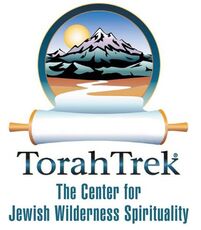
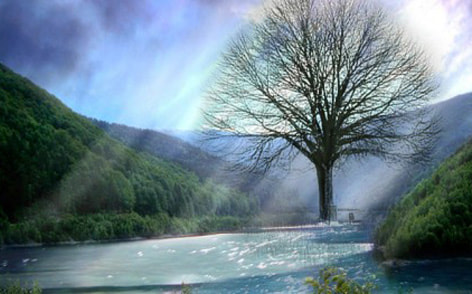
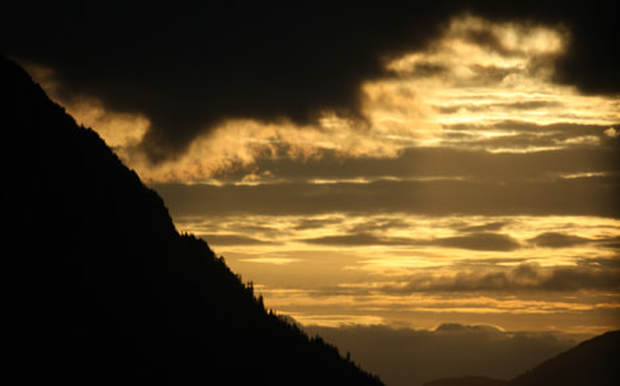
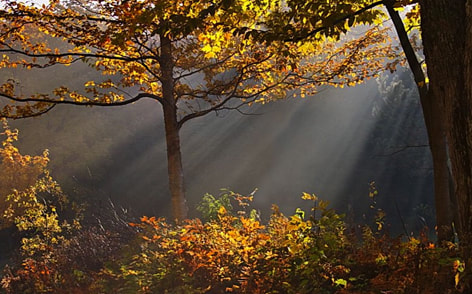
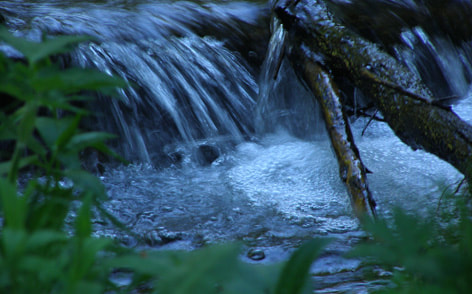
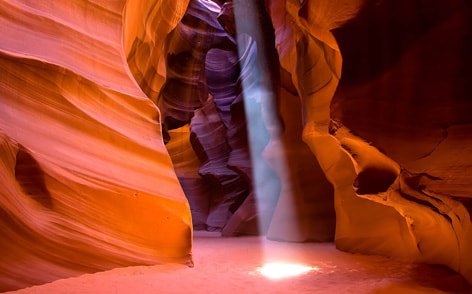
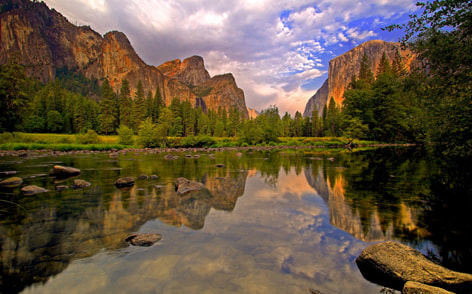

 RSS Feed
RSS Feed